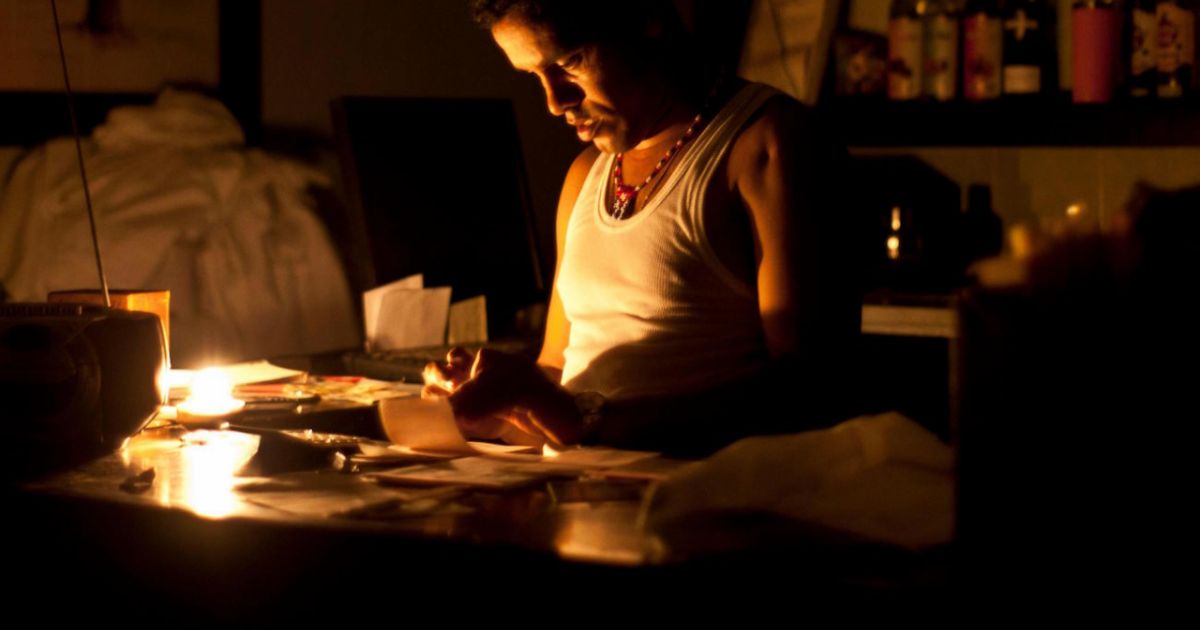Mexico is facing a water crisis. We have already seen it with the shortage that existed in Nuevo León or what happens in many houses in CDMX, where the tandeo closes the trickle to the key of many capital residents and, yes, the water crisis in our country breathes us in the neck and it’s happening.
Against this background, the Technical coordinator of the UNAM Water Network Fernando González Villarreal He shared very worrying data for a Monday – or any day, the net.
For example, the fact that 60% of water bodies are polluted —or present some degree of contamination—, 157 aquifers are overexploited and more than 50% of our territory has lost its original vegetation cover, in the midst of climate change.
Water crisis in Mexico
The result of all this that is happening is equal to the alteration of the hydrological system in our country.
And among other things is the fact that, at the moment, new demands for water can no longer be supplied —also having 106 municipalities highly vulnerable to droughts.

In the conference ‘Water Perspectives in Mexico. Water crisis?‘, Marisa Mazari Hiriart, coordinator of the University Weekly on Society, Environment and Institutions, warned that this on a problem that we have in front of us is not really perceived as a crisis.
Or apparently Mexicans do not perceive it that way, despite the fact that Mexico has been in a worrisome situation for at least 50 years and that every time passes, it gets worse
“There is a problem of quantity and quality of water, and the consequent effects on health”
There are those who may think that this crisis can be addressed with rainwater harvesting, and yes, but short, medium, and long-term strategies must also be designed to resolve the water crisis in Mexico.
There is a fact that González Villarreal shared: the 72% of the rains are distributed in 4 months —June to September.

However, the waterfall is not the same. There is a hydrological variability that we cannot stop seeing.
Another example? If they put a pool in Mexicali (Baja California), the water accumulated by rain would be 5 centimeters.
If we do the same near Tabasco, the record would be 4 meters deep. Now, Let’s add the periods of prolonged drought.
Plus the contamination of bodies of water —it goes again: 60% presents some type of contamination—, the consumption of which 76% goes to agriculture, 15% for public-urban use, 5% for industry, commerce and services and 4% for power generation; and overexploitation.

It’s hot, isn’t it? What can we do in the face of this water crisis in Mexico? Both González Villarreal and Hiriart agreed that society and governments must put their batteries into infrastructure projects and with a medium and long-term vision.
For the time being, we are looking at historical figures – and once again worrying. In March 2023, Conagua warned that the Cutzamala System, in charge of bringing water to CDMX and Edomex, was at 50.6% of its capacity. That is, 23.3% below expectations, which was 73.9%.


